 Image 1 of 12
Image 1 of 12

 Image 2 of 12
Image 2 of 12

 Image 3 of 12
Image 3 of 12

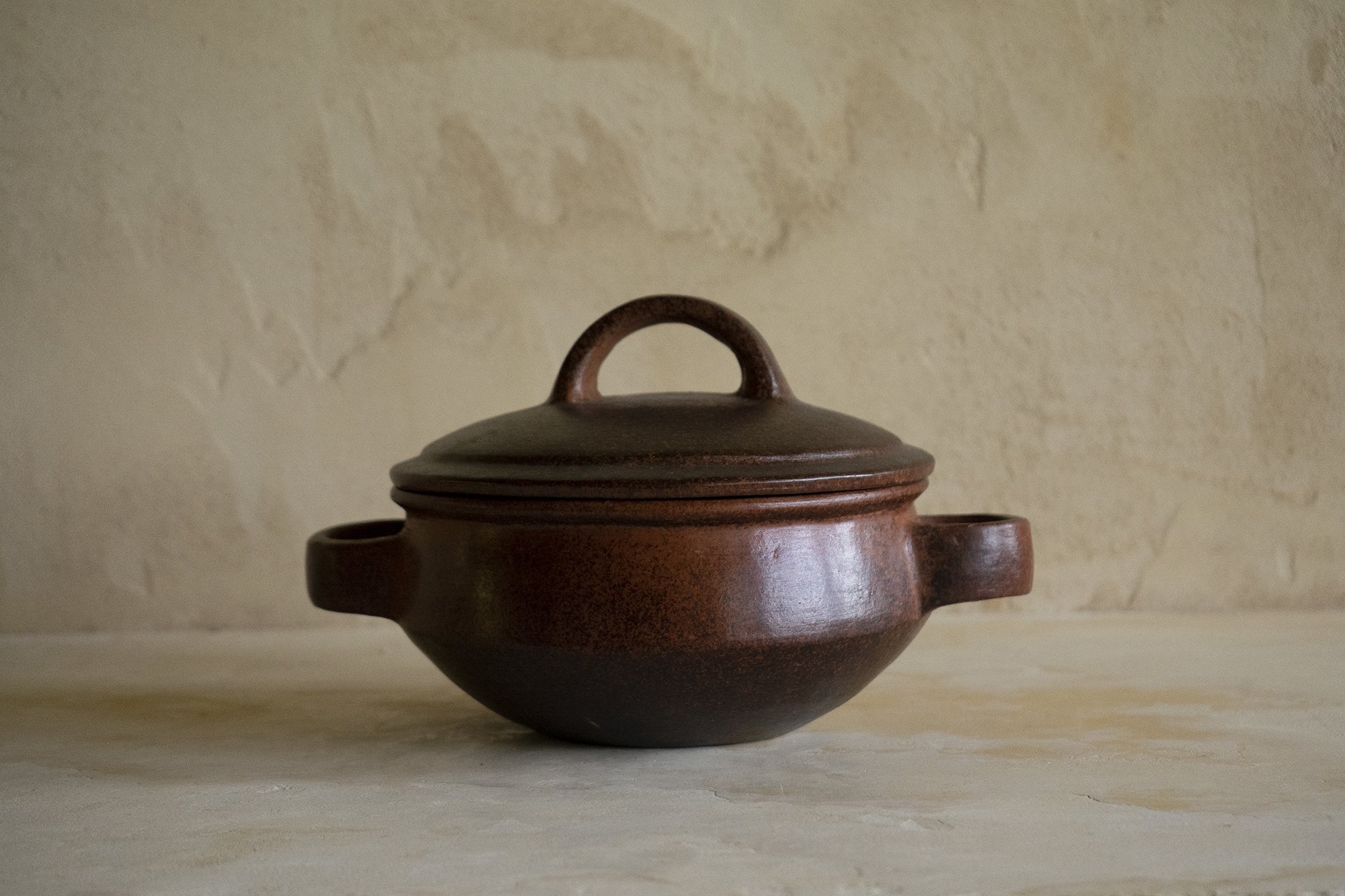 Image 4 of 12
Image 4 of 12

 Image 5 of 12
Image 5 of 12

 Image 6 of 12
Image 6 of 12

 Image 7 of 12
Image 7 of 12

 Image 8 of 12
Image 8 of 12

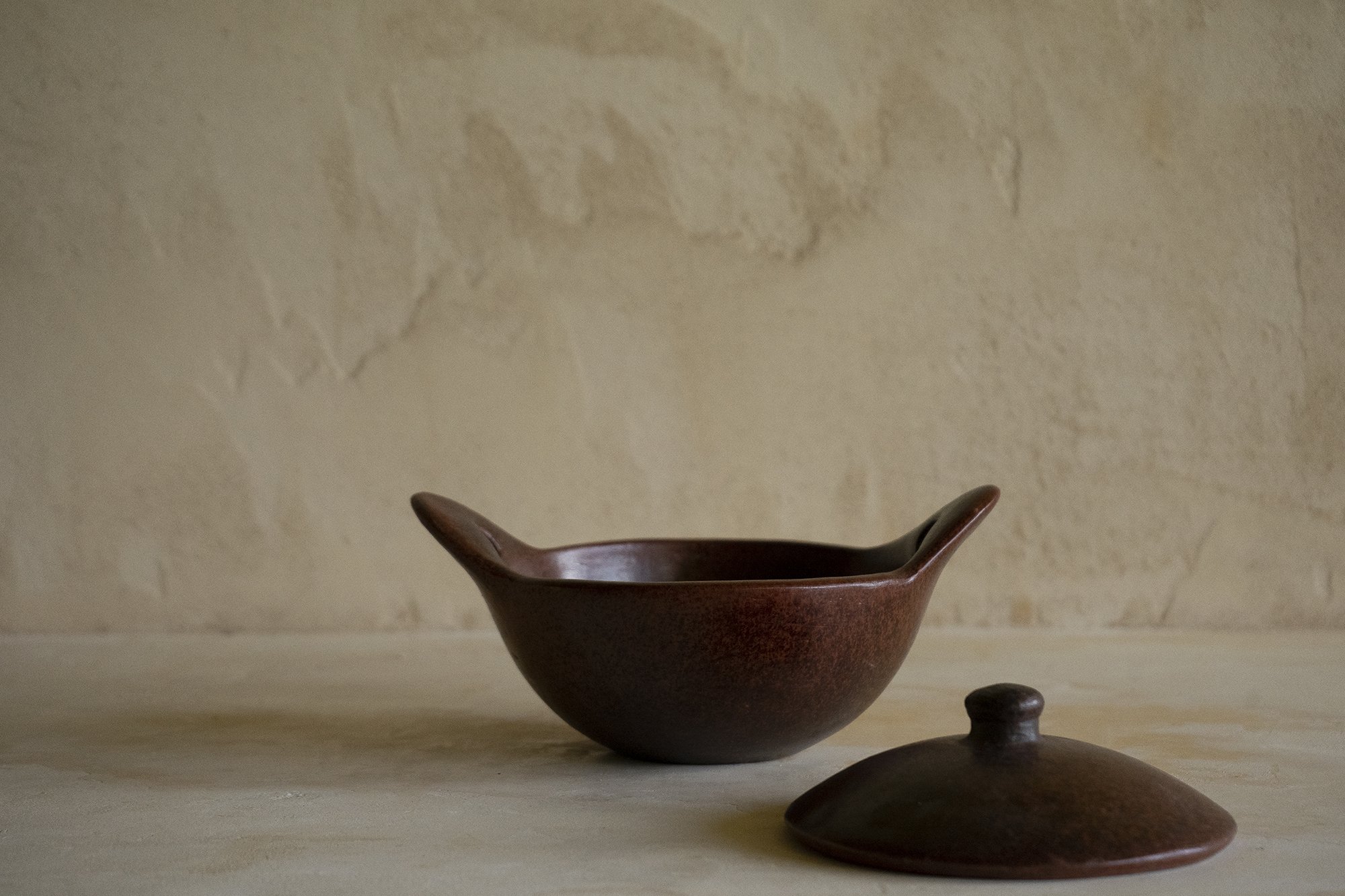 Image 9 of 12
Image 9 of 12

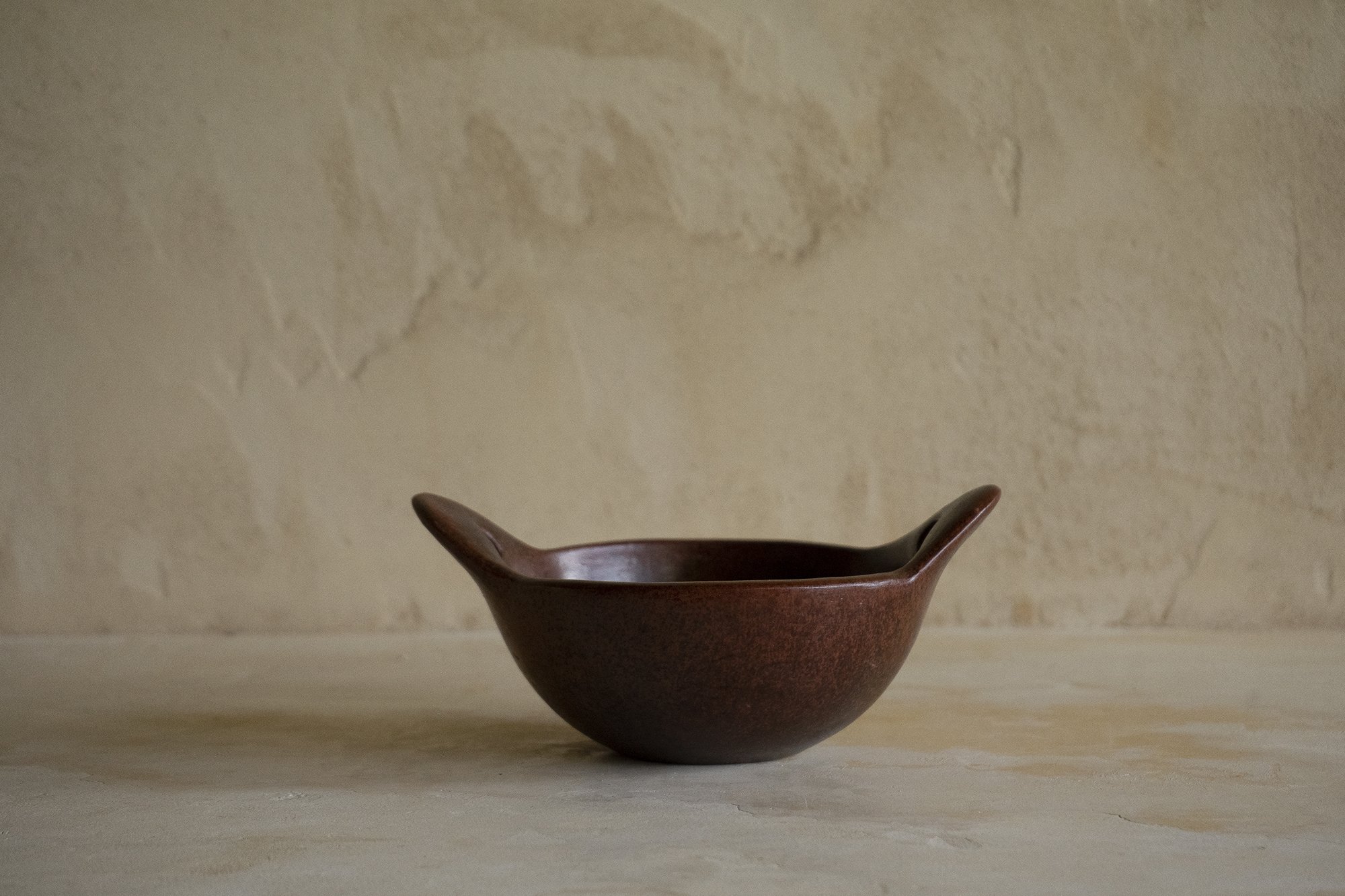 Image 10 of 12
Image 10 of 12

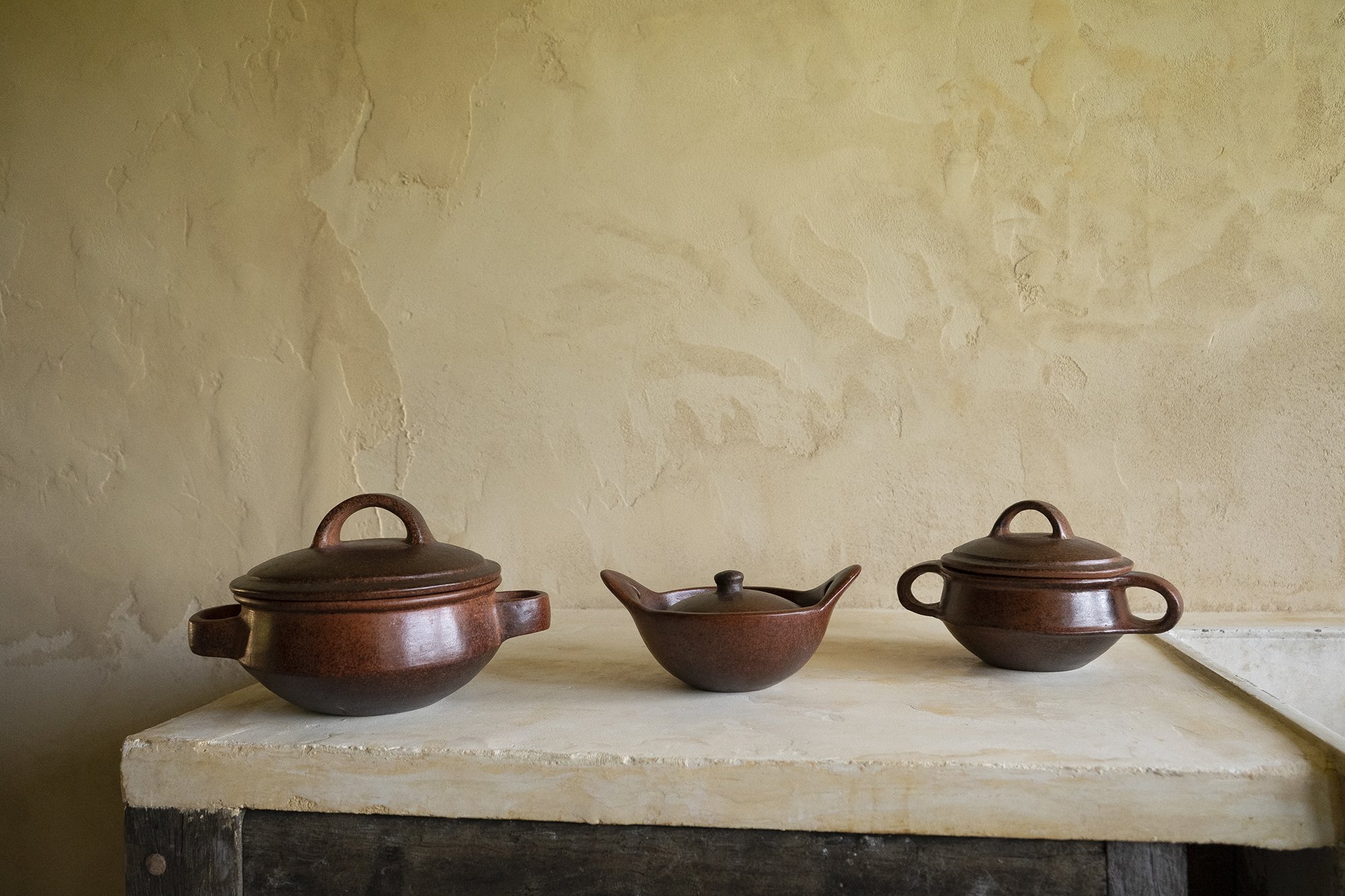 Image 11 of 12
Image 11 of 12

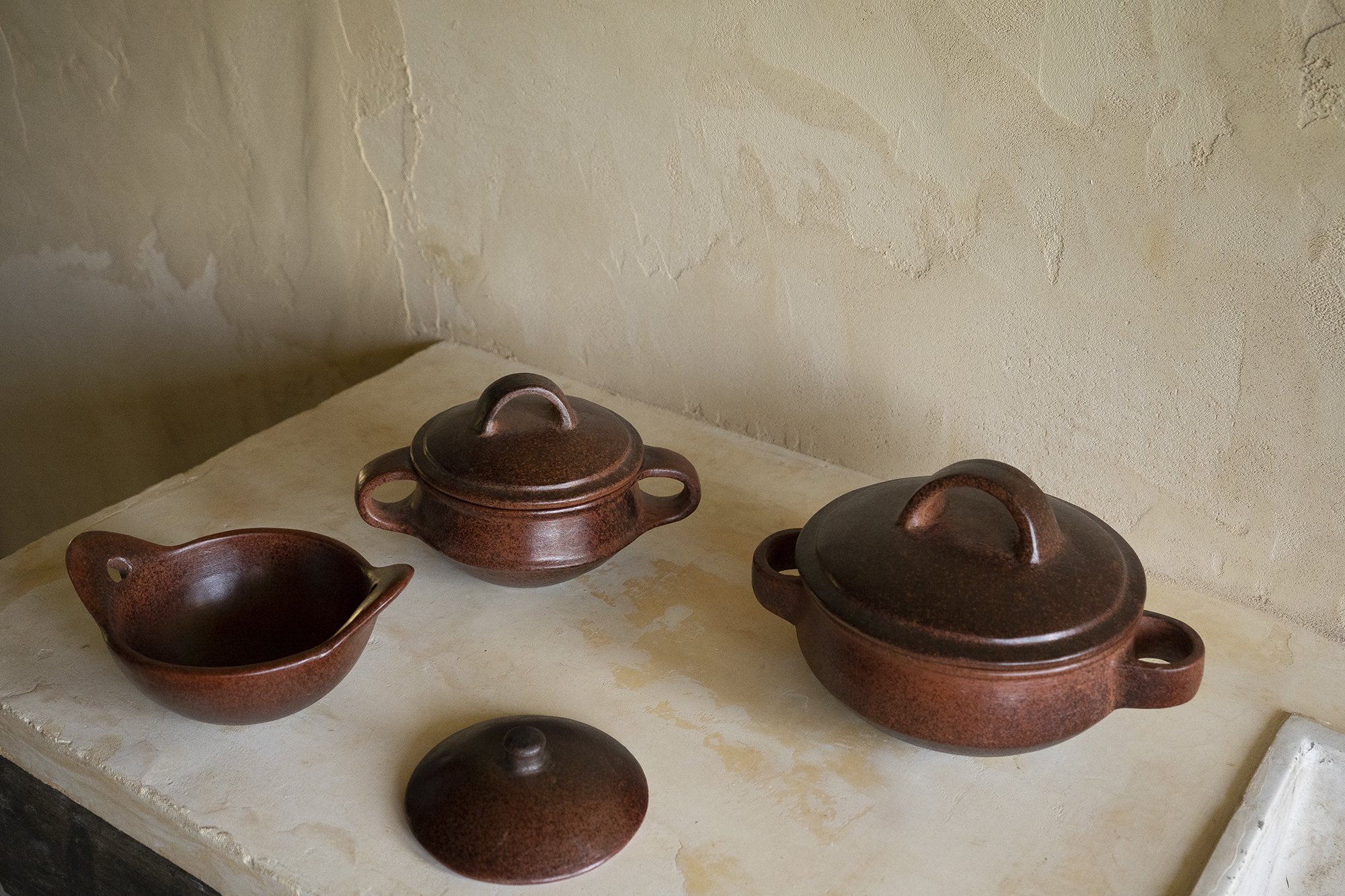 Image 12 of 12
Image 12 of 12













Sasak. Clay Pot
The SASAK. collection is made in a pottery village on the west coast of Lombok, Indonesia. The vessels are made completely by hand with only very basic tools. The potters use a local clay that is mixed with black sand. To fire the pottery, it is skilfully stacked on the ground outside and then covered with dried coconut husks, wood and rice straw which is set alight. The firing is short, taking only a couple of hours.
The women in the village are the makers and the traditions have been passed down from mother to daughters for hundreds of years. The men help with the firing process. The unique red colour is achieved by spraying a homemade dye made from tamarind seeds onto the pots when they are taken out of the hot kiln. The pots with a black tone are achieved by covering them with rice straw when they are still hot from the kiln, the rice straw burns and the carbon colours them black.
The pots can be used over a gas flame, fire, charcoal an in the oven. To use on an electric stove top or induction, a heat diffuser or simmer mat must be used.
The SASAK. collection is made in a pottery village on the west coast of Lombok, Indonesia. The vessels are made completely by hand with only very basic tools. The potters use a local clay that is mixed with black sand. To fire the pottery, it is skilfully stacked on the ground outside and then covered with dried coconut husks, wood and rice straw which is set alight. The firing is short, taking only a couple of hours.
The women in the village are the makers and the traditions have been passed down from mother to daughters for hundreds of years. The men help with the firing process. The unique red colour is achieved by spraying a homemade dye made from tamarind seeds onto the pots when they are taken out of the hot kiln. The pots with a black tone are achieved by covering them with rice straw when they are still hot from the kiln, the rice straw burns and the carbon colours them black.
The pots can be used over a gas flame, fire, charcoal an in the oven. To use on an electric stove top or induction, a heat diffuser or simmer mat must be used.
The SASAK. collection is made in a pottery village on the west coast of Lombok, Indonesia. The vessels are made completely by hand with only very basic tools. The potters use a local clay that is mixed with black sand. To fire the pottery, it is skilfully stacked on the ground outside and then covered with dried coconut husks, wood and rice straw which is set alight. The firing is short, taking only a couple of hours.
The women in the village are the makers and the traditions have been passed down from mother to daughters for hundreds of years. The men help with the firing process. The unique red colour is achieved by spraying a homemade dye made from tamarind seeds onto the pots when they are taken out of the hot kiln. The pots with a black tone are achieved by covering them with rice straw when they are still hot from the kiln, the rice straw burns and the carbon colours them black.
The pots can be used over a gas flame, fire, charcoal an in the oven. To use on an electric stove top or induction, a heat diffuser or simmer mat must be used.
-
capacity - 1 L
weight - 1.5 kg
dimensions - 17cm wide, 26cm long from handle to handle, 17cm tall
-
capacity - 2.2 L
weight - 2.35kg
dimensions - 22cm wide, 31cm long from handle to handle, 19 cm tall
-
capacity - 0.75 L
weight - 0.85kg
dimensions - 17cm wide, 23cm long from handle to handle, 10 cm tall







Read more about our Sasak. collection and how they are made on the journal here:
